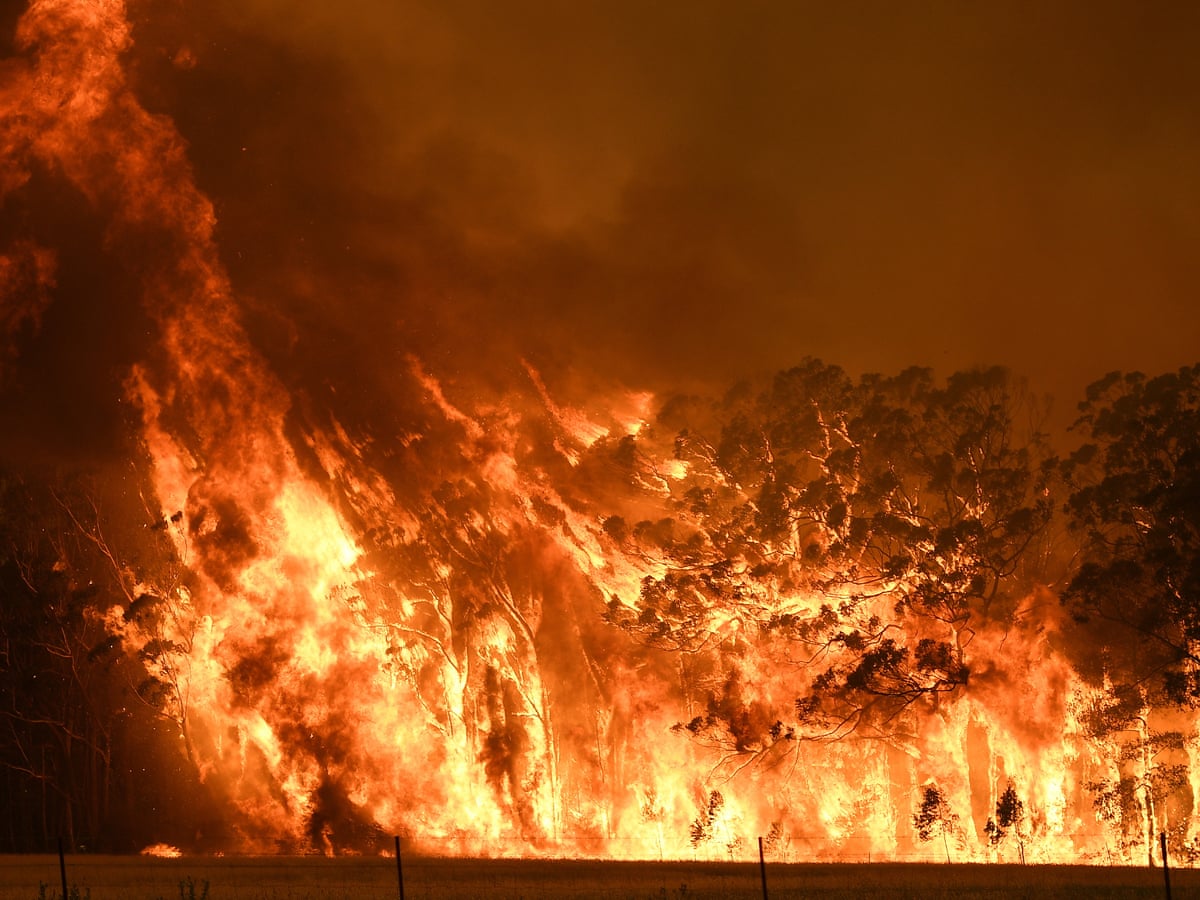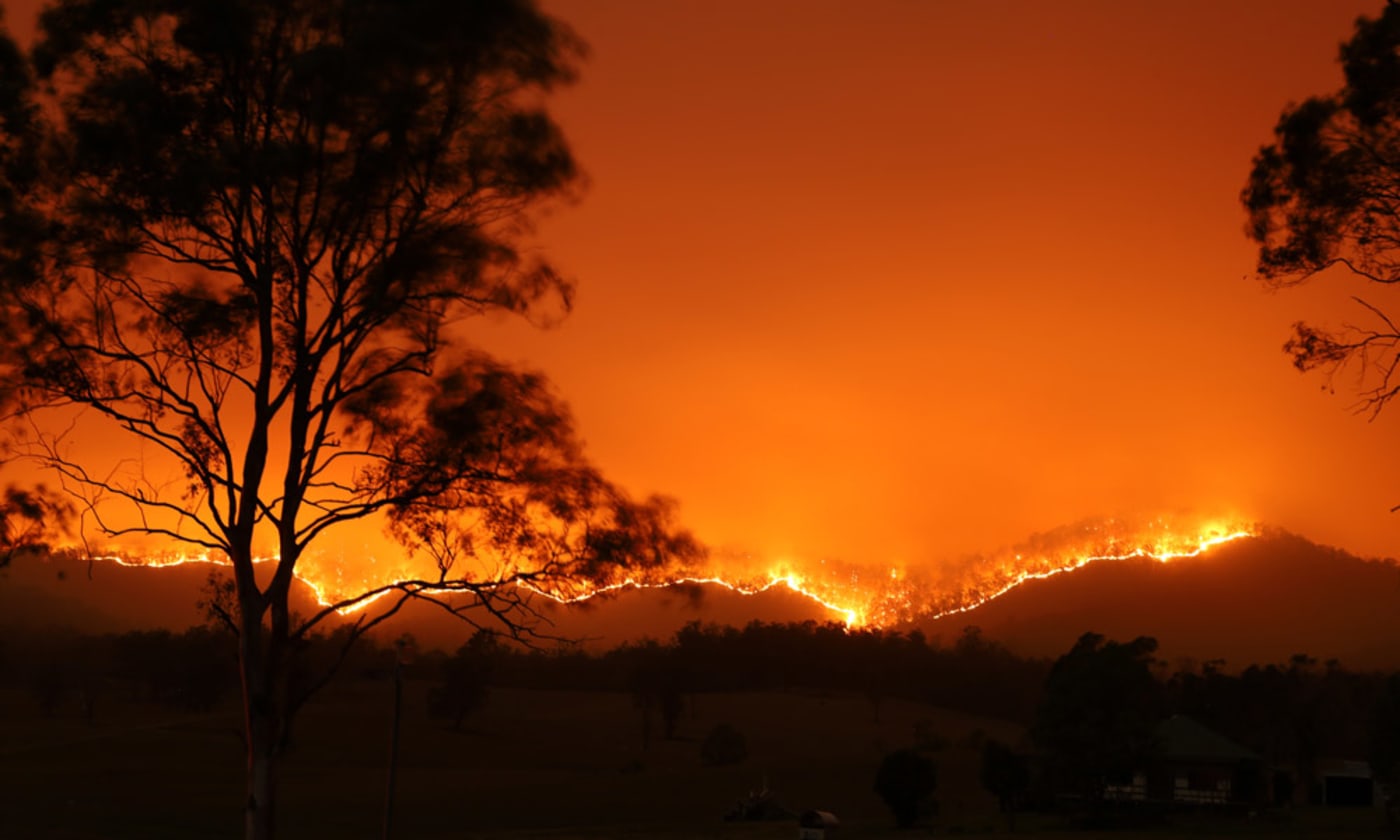Protecting Your Home: The Important Function of a BAL Report in Bushfire Readiness
Protecting Your Home: The Important Function of a BAL Report in Bushfire Readiness
Blog Article
Just How BAL Record Impacts Shrub Fire Security Actions
In the world of bush fire security, the Structure Attack Level (BAL) record stands as a vital device that considerably affects the safety and durability of properties in fire-prone locations - BAL Report. The influence of a BAL assessment prolongs far beyond mere paperwork; it acts as the keystone for determining the suitable building and construction standards and fire defense actions essential to alleviate the risks positioned by bushfires. As areas grapple with progressively severe fire periods, recognizing just how the BAL report forms these protective actions ends up being paramount for building contractors, home owners, and policymakers alike
Comprehending the Bushfire Strike Degree

Significance of BAL Report Analysis

Furthermore, the BAL report assessment functions as a fundamental action in following lawful responsibilities and demands associated with bushfire security. Local councils and authorities often mandate the entry of a BAL report as part of the planning and building approval procedure to guarantee that properties are properly guarded versus bushfire dangers. Falling short to perform a comprehensive BAL record analysis can cause insufficient security measures, leaving residential properties at risk to ravaging bushfire cases.
Building Standards Based on BAL
A comprehensive understanding of the Bushfire Attack Degree (BAL) makes it possible for homeowner to carry out building and construction standards tailored to their specific threat profile. Building criteria based on BAL are crucial in minimizing the impact of bushfires on buildings. The BAL rating classifies the prospective danger a property faces throughout a bushfire on a range from BAL-Low to BAL-FZ (Fire Zone) Each BAL degree matches to details building and construction needs detailed in the Australian Basic AS3959-2018 Construction of Buildings in Bushfire-Prone Locations. Buildings categorized as BAL-Low may only call for standard steps such as clearing debris and preserving yards, while those in greater BAL groups require even more robust steps like ember displays, fireproof materials, and secured home windows. Abiding by these building and construction criteria not just boosts the structural resilience of the home yet also boosts the total safety and security of citizens throughout a bushfire event. Building he has a good point proprietors must very carefully consider their BAL ranking and comply with the corresponding building standards to properly safeguard their residents and homes.
Implementing Fire Protection Measures
With the structure of building and construction standards based on Bushfire Strike Degree (BAL) in location, the focus currently moves towards the practical application of fire protection actions to strengthen homes versus bushfire dangers. Passive measures include utilizing fire-resistant building products, setting up cinder guards on vents, securing voids in walls and roof coverings, and preserving a clear room around the residential property cost-free from flammable greenery. By incorporating both passive and active approaches, residential or commercial properties can substantially reduce their vulnerability to bushfire events and increase the security of passengers.
Safeguarding Homes Versus Bushfires
Effectively securing homes against the harmful impacts of bushfires requires a extensive and aggressive method to fire security actions. Additionally, securing gaps and vents to avoid ash breach, as well as including fireproof doors and windows, can aid fortify the home's defense versus bushfires. By welcoming a positive position and integrating these protective steps, property owners can dramatically boost their opportunities of safeguarding their homes versus bushfires.
Conclusion
To conclude, the Bushfire Strike Level (BAL) report plays a crucial duty in establishing the essential protection steps versus bushfires. By evaluating the BAL, building and construction standards can be tailored to reduce the threats and ensure the safety and security of homes in fire-prone locations. Executing fire security measures based on the BAL record is important in guarding residential or commercial properties from possible bushfire hazards. It is essential for property owners to focus on BAL evaluations and stick to recommended construction requirements to boost bushfire durability.
In examining bushfire threat to buildings, comprehending the Bushfire Assault Degree i was reading this (BAL) is a vital part for carrying out effective protection steps. On the whole, a clear understanding of the Bushfire Attack Level is important for applying sufficient protection steps and reducing the influence of bushfires on homes.

Report this page